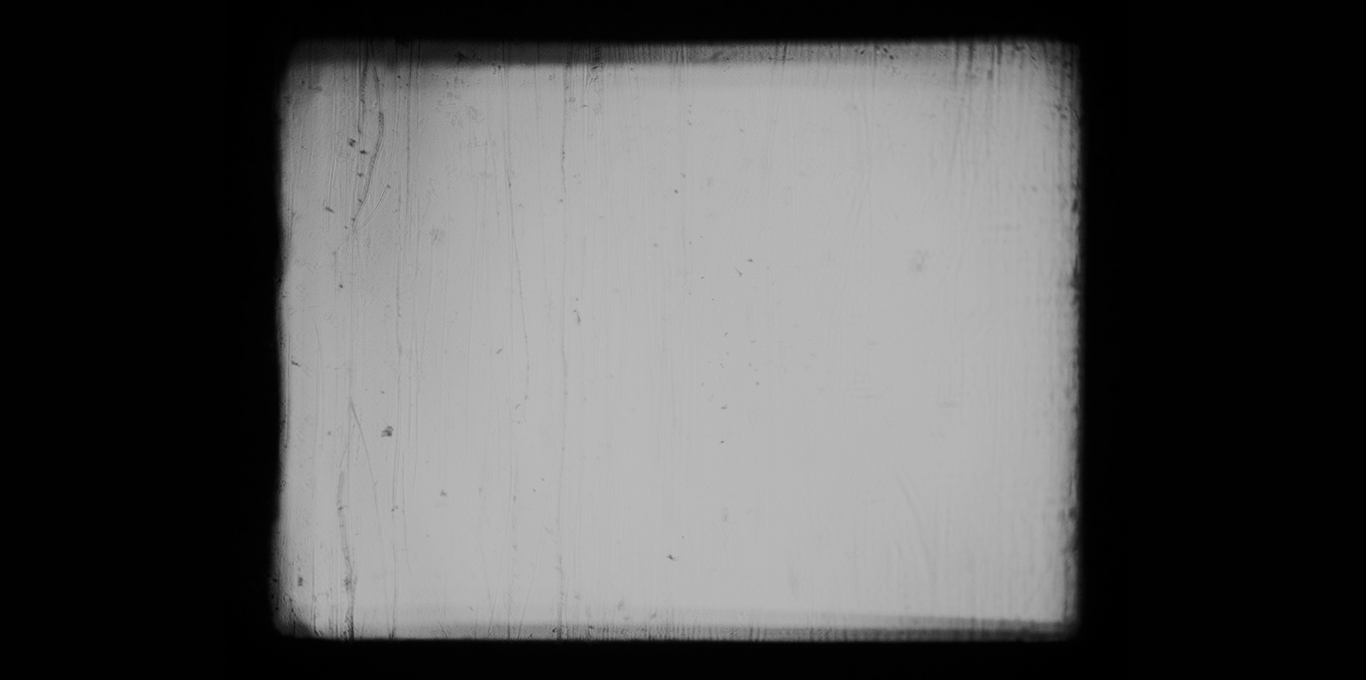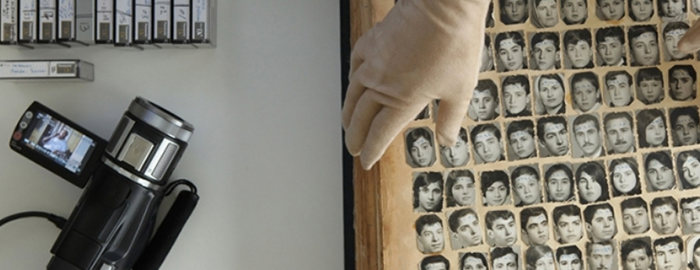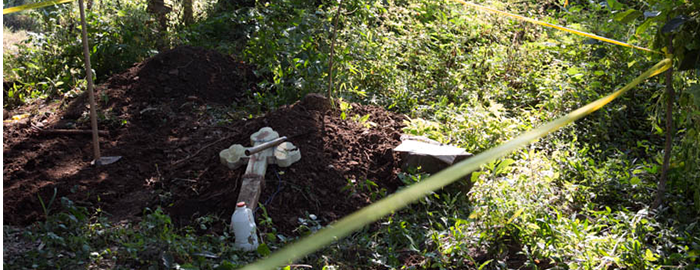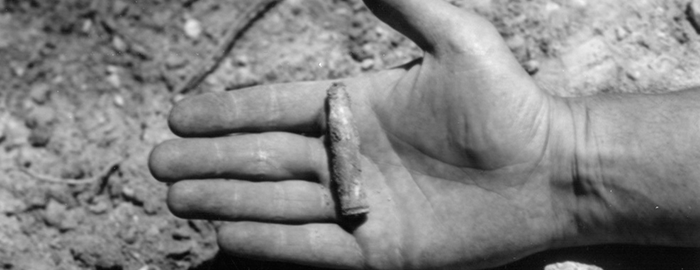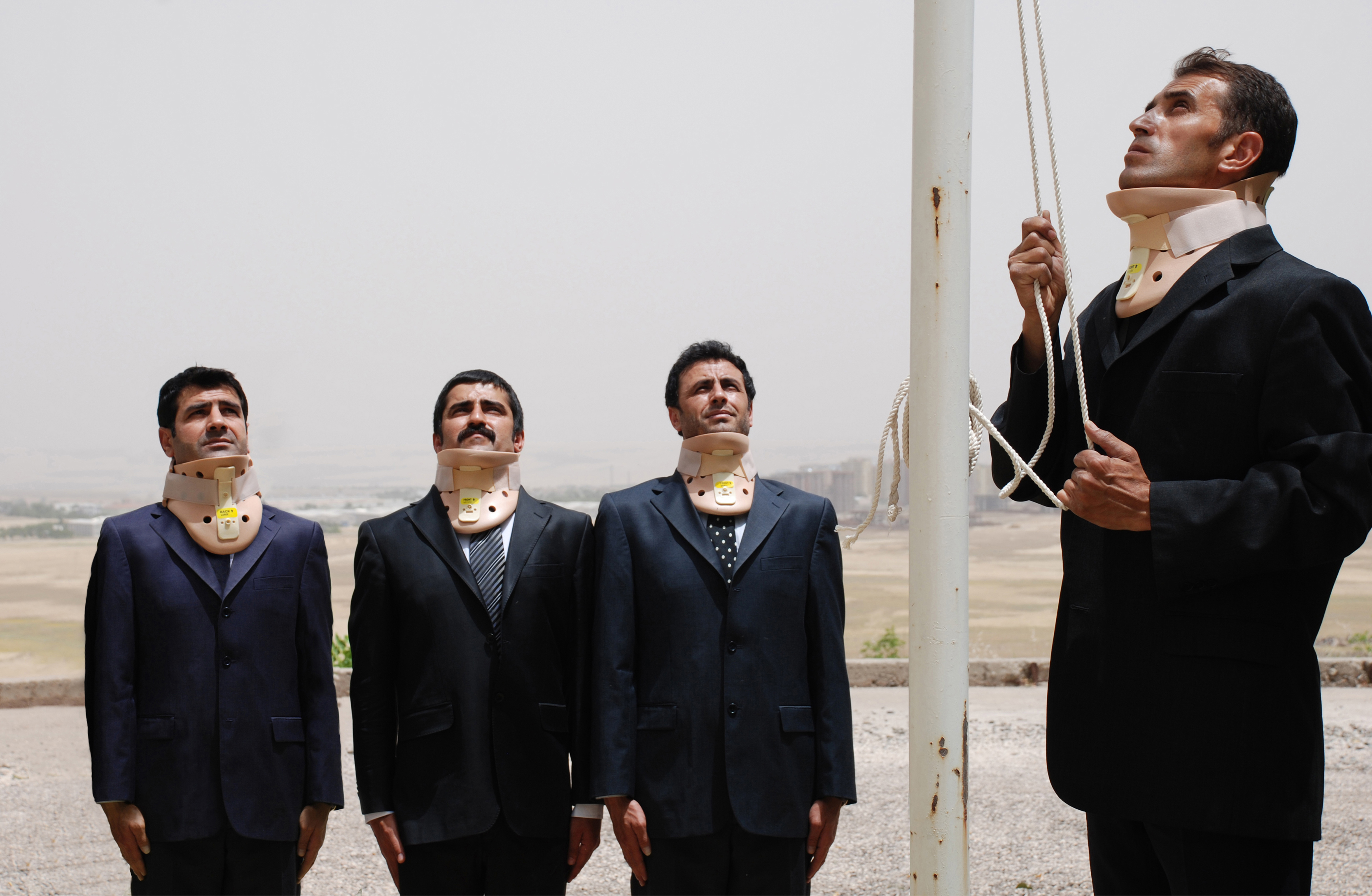Deprecated: Function wp_make_content_images_responsive is deprecated since version 5.5.0! Use wp_filter_content_tags() instead. in /home/fdcdadk7/public_html/wp-includes/functions.php on line 6031
This project deals with image-political and film-theoretical notions along various forms of absence of images. These include cinematographic images and photographies that are lost or destroyed, images that are unavailable due to denied access, or film projects that could not be realized for various reasons.
In the conflict-laden region of Lebanon and Palestine, image production and audiovisual heritage have been exposed to political oppression, seizure and destruction throughout the past decades. Facing this as well as (neglected) official dealing with past and present (armed) conflict, filmmakers, visual artists, curators, researchers, and institutional initiatives keep intervening and develop counter-strategies to point out gaps, to respond to the missing, or to give space to absent as well as to reappropriated or reconquered images (within new films, installations, web projects, digital archives etc.). The aesthetic approaches by filmmakers and video artists raise the following questions i.a.: How can film as an audiovisual medium that usually pursues strategies of making something visible through depicting and displaying deal with the unavailability of images, i.e. with lost footage? Which transformations take place when audio/visual material returns after a period of absence and is reused as found footage (e.g. the militant / „third“ cinema of the 70s)? Former absence or oppression remain inscribed into recirculating images, and archival fragments, remnants and scattered memories or imaginations of missing images instigate new narrations of the unredeemed, stolen and reclaimed. In their absence as well as return the images demand responsibility and challenge the present, as when (absent) moving images keep resonating and witness those formerly border crossing alliances, which they had performed in supporting the Palestinian revolution around the 70s.
